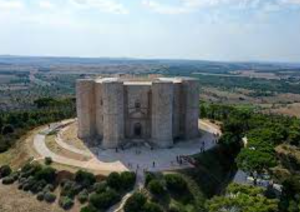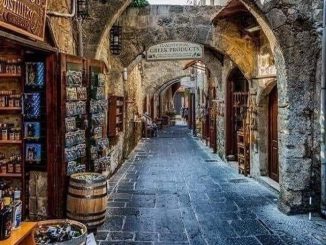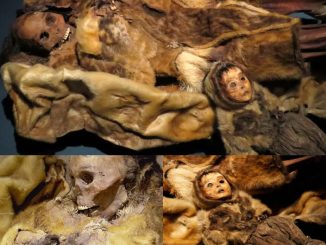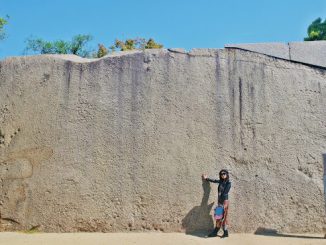Introduction
Perched atop a hill 540 meters above sea level near Andria in Puglia, Italy, Castel del Monte is a masterpiece of medieval architecture that continues to mystify and enchant historians, architects, and tourists alike. Built in the 13th century by Frederick II of Swabia, Emperor of the Holy Roman Empire and King of Sicily, this fortress is not only a symbol of medieval power but also an embodiment of architectural genius. Its unique design and the mysteries surrounding its intended use have sparked endless debates and research, contributing to its status as a UNESCO World Heritage Site. This blog post explores the architectural splendor of Castel del Monte, its historical context, the enigmas it holds, and the timeless allure that attracts scholars and visitors to this day.
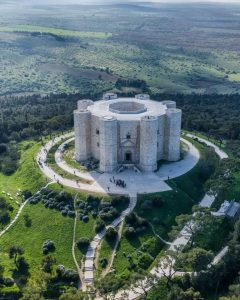
Architectural Marvel of the Middle Ages
Castel del Monte stands out for its distinctive geometric design and mathematical precision. Unlike typical medieval castles, it features an octagonal plan with eight octagonal towers, one at each corner of the outer wall. This harmonious blend of classical antiquity, Islamic architecture, and Gothic elements reflects Frederick II’s vast cultural interests and intellectual curiosity. The castle’s interior is equally fascinating, with rooms arranged in a precise pattern around a central courtyard, each receiving ample light through ornate windows that hint at celestial alignments. Images of Castel del Monte capture its stark beauty and the enigmatic charm that has puzzled generations.
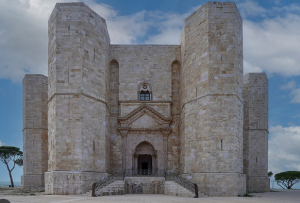
A Symbol of Power and Knowledge
Frederick II, often called “stupor mundi” (the wonder of the world), was a ruler known for his thirst for knowledge, patronage of the arts, and engagement in the scientific inquiries of his time. Castel del Monte is thought to reflect his multifaceted personality and his ambition to create a symbol of enlightenment and authority. Its location and design suggest a melding of earthly dominion with celestial order, perhaps serving as a throne of power, a center for scholarly study, or even an astronomical observatory. The precision with which the castle aligns with solstices and equinoxes speaks to a deep understanding of astronomy and its importance in the medieval worldview.
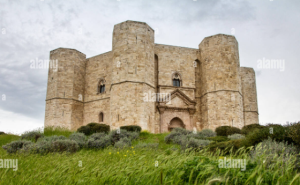
Mysteries and Legends
Over the centuries, Castel del Monte has been shrouded in mystery and legend. Its precise purpose remains a topic of debate among historians. Some suggest it was a hunting lodge, others a military fortress, and still others believe it was designed for esoteric rituals. The lack of a moat, drawbridge, and other defensive features typically associated with medieval castles adds to the mystery, suggesting it was not intended for military use. The castle’s secluded location and the symbolic meanings encoded in its architecture have fueled speculation about its role in the pursuit of alchemical and philosophical truths, making it a focal point for those interested in medieval mysticism and the occult.
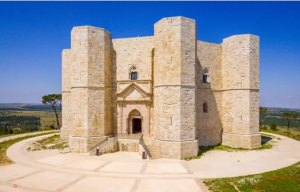
A Legacy that Endures
Today, Castel del Monte continues to captivate the imagination of all who visit. Its inclusion as a UNESCO World Heritage Site underscores its value not only to Italy but to the world, as a monument of universal importance. Ongoing archaeological and architectural studies aim to unravel the mysteries of its construction and purpose, while conservation efforts seek to preserve its beauty for future generations. The fascination with Castel del Monte goes beyond its walls, inspiring artists, writers, and filmmakers, and serving as a testament to the enduring legacy of Frederick II’s vision.
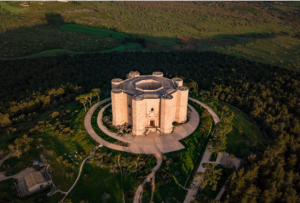
Conclusion
Castel del Monte is more than just a castle; it is a testament to the complexity and richness of medieval culture, reflecting the confluence of different civilizations and the quest for knowledge in the Middle Ages. Its unique architecture and the mysteries that surround it continue to intrigue and inspire, making it a timeless symbol of human achievement. As we delve deeper into its history and significance, Castel del Monte remains a beacon of the medieval spirit, inviting us to explore the depths of our past and the enduring allure of ancient mysteries.
